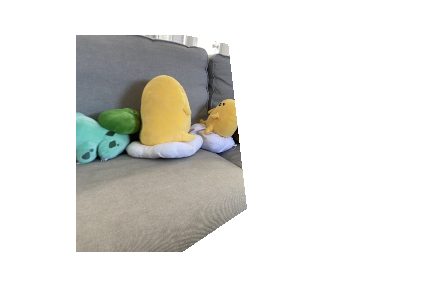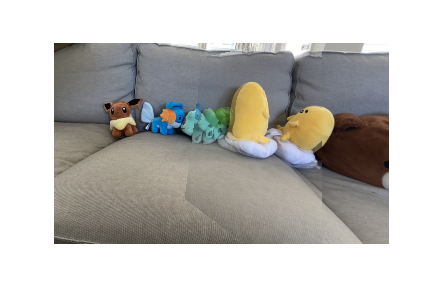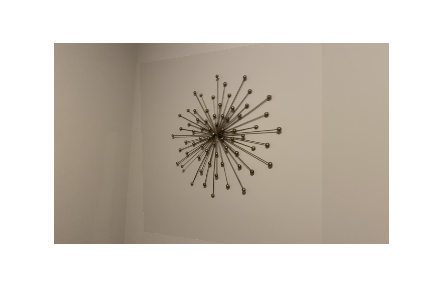
Yuhong Chen (cs194-26-afk)
In this project, we use image warping and linear blending to combine images taken closely together to form a single image with a wider angle.
In order to align the two images we're using, we use a homography matrix to project them onto the same plane. We use the equation p' = Hp to define the transformation from one image into its projected version. Using 4 anchor points in each image as p and p', we can solve for the matrix H, which is a 3 by 3 matrix with 8 degrees of freedom.
Once we recover the homography matrix, we can warp one of the images so that it's planar parallel with the other image. For this, the correspondence is p_warped = np.inv(H) @ p_orig. We use back-projection to recover the warped image.
Here are some examples:
Original Image 1-left:

Warped Image 1-left:

Original Image 2-left:

Warped Image 2-left:

After warping, we can use linear blending to blend the warped left image and original right image together. I used a 0.5 to 0.5 ratio when blending the images.
Here are some results:


Simple methods like linear blending are extremely powerful. Antialiasing is important when taking pictures of sofas with fabric surfaces. For-loops are extremely slow and should be avoided at all cost.